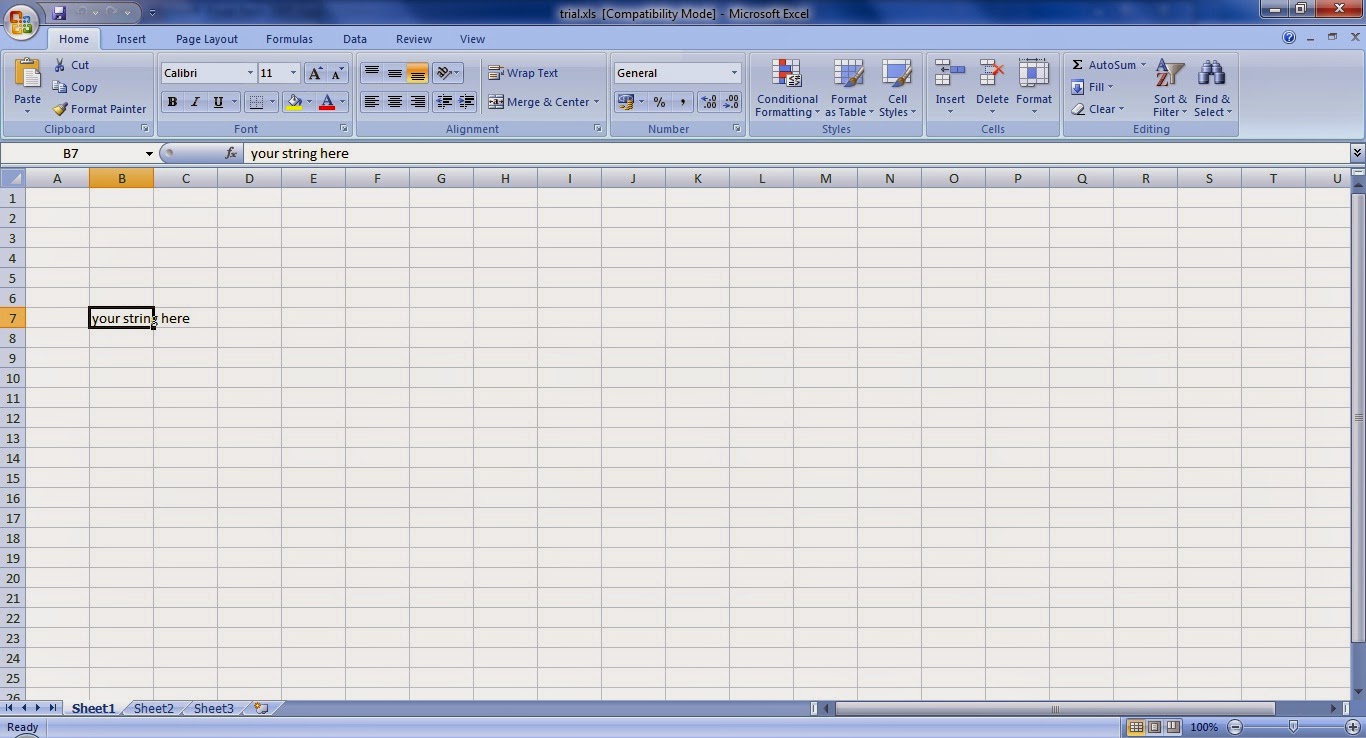

- Running visual basic for excel 2010 generator#
- Running visual basic for excel 2010 verification#
- Running visual basic for excel 2010 Pc#
This is a Microsoft Excel VBA Invoice project that develops an Invoice Generator that is free to use. LEARN VISUAL BASIC FOR EXCEL 2010 GENERATOR The data is stored in 2 sheets (databases) and filtered to your criteria. The purpose of this project is to help with your VBA and general Excel skills in basic application development. The template is for Excel 2010 however this application will run fine if created in Microsoft Excel 2003 /2007. First look at the Overview video to see if this is something that you may be interested in. Please feel free to contact me if you have any suggestions or problems through the comments at the end of this blog or with the contact form in this website. Part of the data filter system incorporated in the application. This application has been designed by Trevor Easton for training purposes. You are able to use this for your personal use. The application as is or modified in not permitted for sale in any form.
Running visual basic for excel 2010 Pc#
Online PC Learning is committed to providing free o ffice tutorials No warranties are implied or given with this application. Generate invoices in a flash with Excel VBA Invoice Generator: Part 2 LEARN VISUAL BASIC FOR EXCEL 2010 PC
Running visual basic for excel 2010 verification#
The invoice being created and sent with 2 verification messages In this tutorial I discuss the template and how it is set up. LEARN VISUAL BASIC FOR EXCEL 2010 VERIFICATION The steps for modifying the basic template are here. I will show you how the hyperlinks for the navigation are arranged and why. If you wish to change the spin button range on the invoice sheet then this is the video to watch. You may want to watch this tutorial on named ranges. You may want to watch this tutorial on dynamic named ranges. To create a named range simply highlight the range or cell and then click in the name box just above column A. Here are the static named ranges that I have put into the template that you have downloaded Type the name with no spaces and hit enter. Generate invoices in a flash with Excel VBA Invoice Generator: Part 3įree Microsoft Office Tutorials In this tutorial all the dynamic named ranges are added. What is a dynamic named range and how does it work? Now we have a bit of work with dynamic named ranges for our Invoice application. Simply put we want to be able to change things on the fly and still have a program work just as we want. Now you might be thinking that’s too complicated for me.

Can I just reassure you that I have broken this down into simple steps that should reduce the degree of difficulty? At any rate why not give it a try?ĭynamic named ranges are essentially built on the offset function. The first is a cell reference that is the starting cell for the range.Īs you can see from the illustration below the offset function has five arguments.The second argument is the number of rows you wish to offset.The third argument is the same as the second except that it refers to columns, if we wish to move one column to the right we would have the number 1 if we wish to move to the left we would add the number -1.įor example if we wanted to start our range at F16 then the row number would be 1 if we wish to start a range at F14 then the road number would be -1.The fourth and fifth are optional arguments that you probably don’t use regularly when using the offset function but it is these two optional arguments that make add dynamic named range possible because we will be replacing them with a formula that counts the number in a range.In the offset function if we wanted to refer to 15 rows then we would add the number 15. The fifth argument is the same as the fourth except that it refers to columns.What will make this offset formula dynamic is for us to put it into the Name Manager and create a named range with the offset formula. If we are referring to text then we would use the COUNTA function.įor our fourth argument where we see the row reference we will replace it with a COUNT or COUNTA function.When we are referring to numbers we would use the COUNT function.LEARN VISUAL BASIC FOR EXCEL 2010 VERIFICATION.LEARN VISUAL BASIC FOR EXCEL 2010 GENERATOR.


 0 kommentar(er)
0 kommentar(er)
